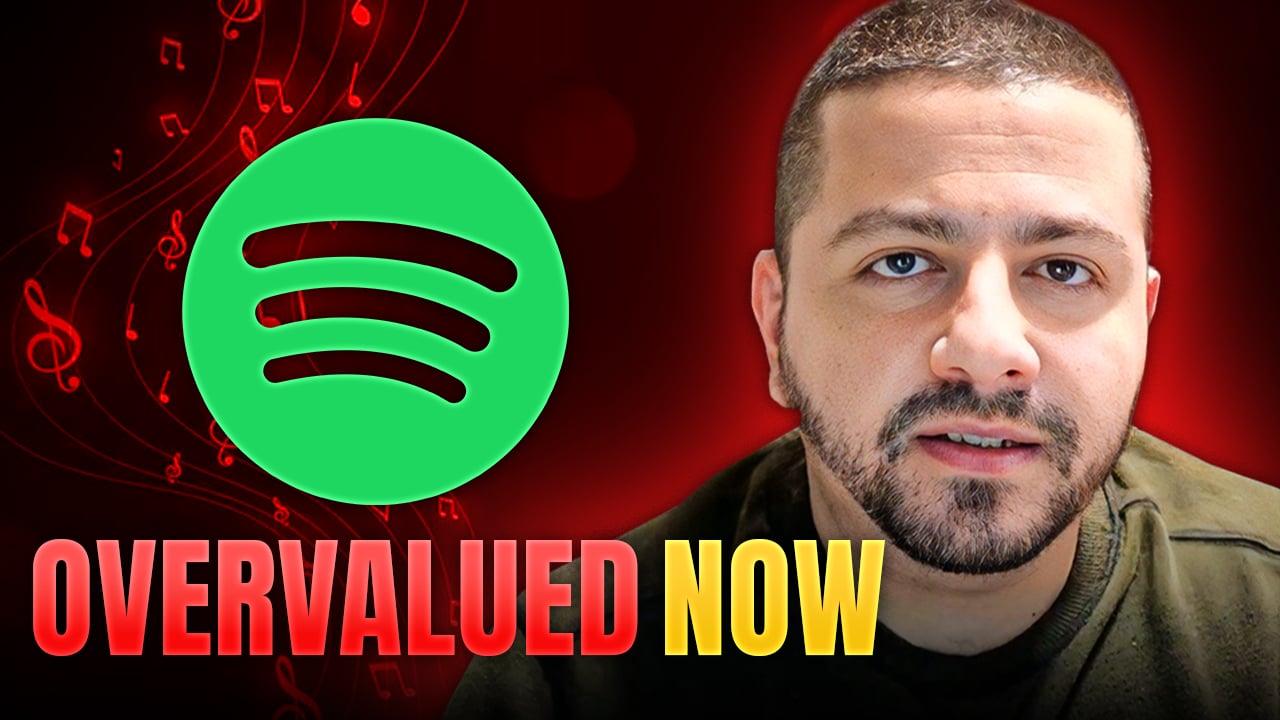Streaming is the present and the future of media. Modern entertainment is something borrowed instead of owned: through ads and subscription fees, we pay for access to -- rather than ownership of -- our movies, TV shows, music, and even, sometimes, books.
That's good news for companies that, like Netflix, have become major players in the streaming business. But not all streaming markets are created equal, and it stands to reason that the market for streaming music will someday support fewer apps than the market for streaming video. Here's why.

Image source: Getty Images
Streaming rights deals in video
When Netflix first kicked off its streaming video service, it revolutionized video entertainment. It also found that streaming rights were not hard to come by. As the only game in town, Netflix was able to build up an enviable library of licensed content.
It didn't stay that way forever, of course. Netflix was soon joined by competitors like Hulu and Amazon (AMZN +0.94%). Exclusive streaming rights deals became more and more expensive, and Netflix was soon investing in original series as a way to keep content costs down.
Meanwhile, ad-supported video on demand (AVOD) services like Tubi TV and Sony's Sony Crackle entered the fray with services that offered users free movies and TV shows with ads.
There are a few emerging models for streaming rights deals in the video space. There are original series, which give streaming services their own content to control. There are exclusive licensing deals. And then there are non-exclusive deals: for instance, there is significant overlap between the libraries offered by Amazon, Hulu, and Tubi TV as of this writing.
Streaming rights deals in music -- and a problem for the app population
The streaming music space is different. To get subscribers to delete their mp3s, services like Spotify (SPOT +2.99%) need to offer comprehensive music libraries: the idea of "exclusives" is rare in music streaming, and its occasional appearance frustrates music fans (witness the regularity with which Tidal's exclusives strategy provokes outrage and spikes in music pirating).
Music rights deals are structured differently from their video counterparts. Exclusivity is far rarer. And, as a result, the differences between various music streaming services' libraries is far less significant than in the video world.
That hurts streaming music companies like Spotify -- how can a business increase subscription fees and profits if there are lots of near-identical alternatives? With less to differentiate music streaming services, there just isn't much reason to believe that we need so many of them.
There are a lot of streaming music services
And there really are a lot of these things. Apple (AAPL 0.50%) has Apple Music. Amazon has Amazon Music. Alphabet (GOOG +0.64%) (GOOGL +0.59%) has two: Google Play Music and YouTube Music. Then there's Spotify, Pandora (P +0.00%), Soundcloud, and more.
This diversity in streaming services survives in part because of the structure of streaming music deals. Per-stream payments help scale rights fees to demand, which helps streaming services avoid, at least to a degree, the stumbles that video services can take when high up-front rights fees combine with subscriber-based income models.
Still, it's hard to imagine that the market can support this many music streaming services. Some lag significantly in subscriber count. At some point, consumers will force the streaming music market to a tipping point and just a few major players will be left standing.
| Music Streaming Service | Subscriber Count |
| Spotify | 157 million |
| Pandora | 78 million |
| Apple Music | 50 million |
| Amazon Prime Music / Amazon Music Unlimited | 40 million |
| Google Play Music | 40 million |
The future of streaming music
Streaming video may be an over-saturated market right now, but it has nothing on streaming music. With near-identical streaming libraries, music streaming services have precious little to differentiate themselves in an overcrowded market.
The best-positioned music streaming services are the ones with large user bases, established brands, and deep-pocketed corporate backing. That's good news for industry leader Spotify, and gives hope to big-brand entrants like Apple Music.
But it's bad news for services like Tidal, which has suffered despite its occasional exclusives. While the nature of music streaming might help those services hold on for a while, it's hard to see a future in which they're part of such a large and diverse marketplace for the same basic offerings.










